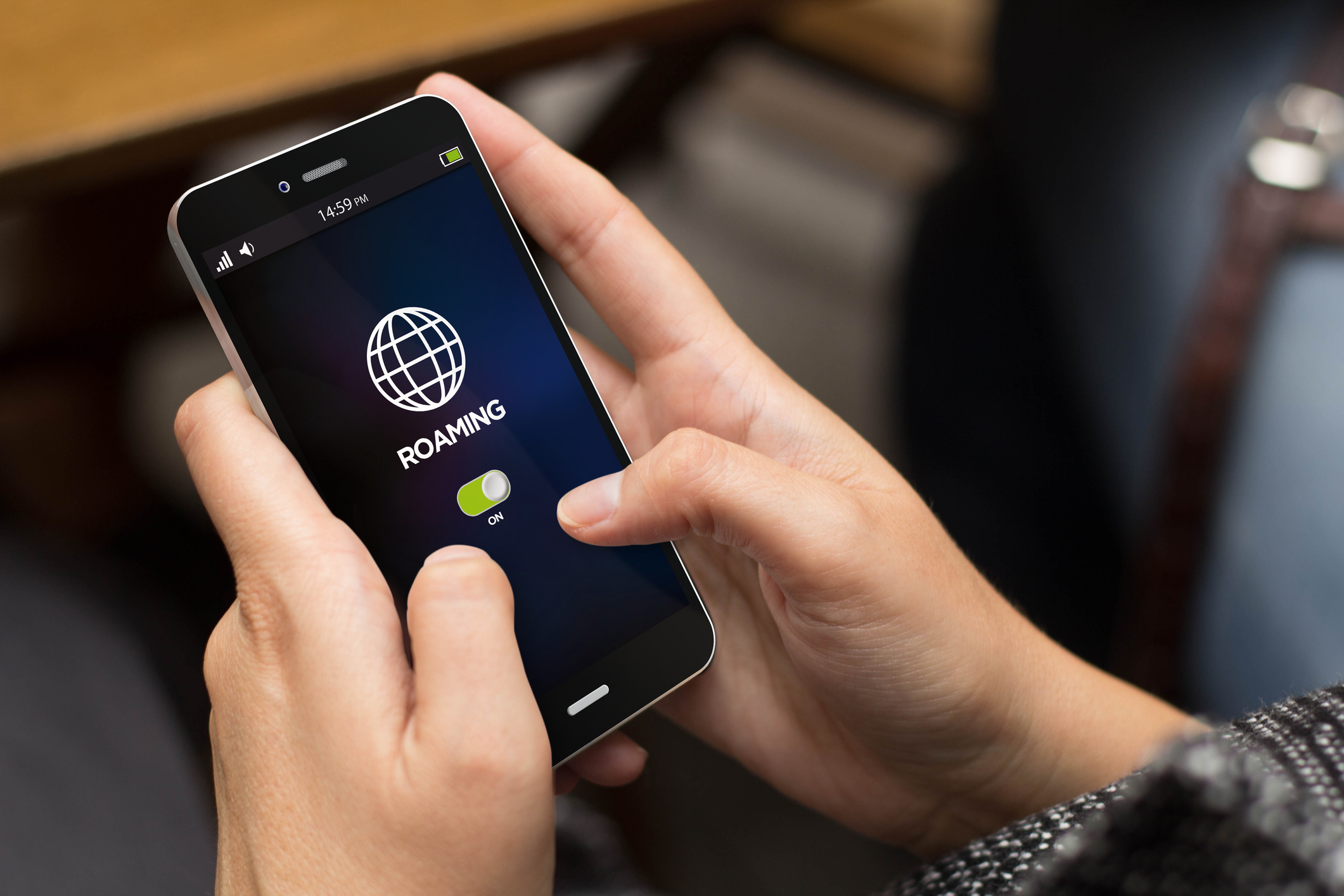Many industries are moving toward global IoT implementation in commercial applications. IoT-powered devices streamline production processes and save companies time and money. But the major hurdle in achieving full implementation for global IoT services are the complications presented by barriers to permanent roaming.
When IoT devices roam outside their local network carriers for more than 90 days, they are considered to be permanently roaming. If your device’s connectivity isn’t compliant with the regulations and host operator rules where your device is roaming, it likely will be abruptly disconnected. This obviously breaks the chain of connectivity, causing major outages. These outages are potentially catastrophic for industries such as healthcare.
Additionally, most roaming agreements do not support features such as eDRX and PSM, which are used by IoT devices to support battery life management. Both features allow devices to go into sleep mode to conserve battery power when they aren’t being used. Often these features are provided only to locally connected devices, making it nearly impossible to implement them in large-scale global IoT applications.
The biggest obstacle to permanent roaming are the national regulatory measures and bans by countries, including the United States. These restrictions are significant obstacles for commercial global IoT services. Regulatory inflexibility makes scalability of commercial global IoT services an uphill battle.
One solution is utilization of advanced intelligent eSIMs (embedded subscriber identity modules) that are supported by localization capability at the local network level. eSIMs enable seamless transition between networks, eliminating lag and connectivity issues that occur because devices aren’t supported and data is backhauled. If eSims are used in an unrestricted roaming environment, companies can deploy large-scale rollouts of global IoT communications.
Leaders in the IoT industry are working to develop agreements and find fiscally beneficial reasons for carriers to support global IoT communications. When providers benefit from providing these services, governing regulatory agencies and business are likely to follow. When that happens, global IoT services will become the industry norm. If you are ready to expand your IoT capabilities for your business, contact us today to find out what we can do to get you ready for a commercial rollout.

